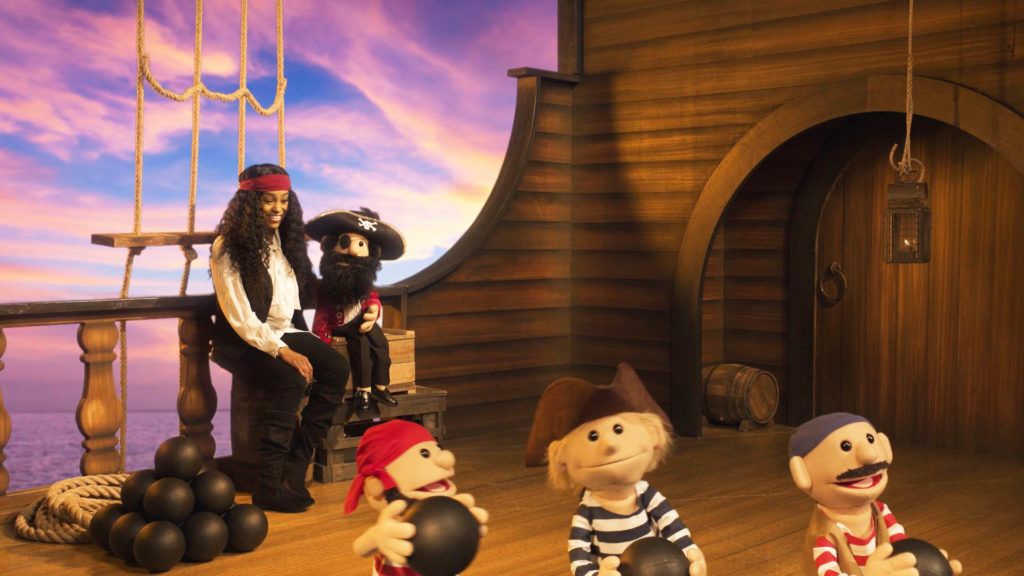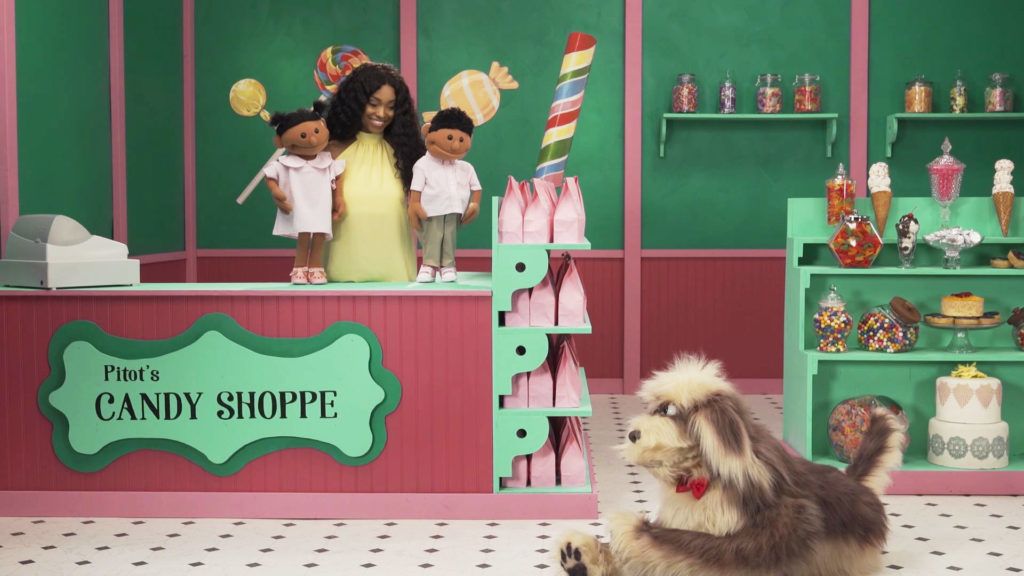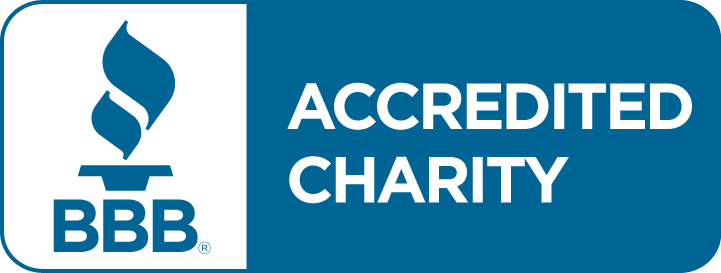Enabling more students to access the benefits of our Financial Literacy curriculum
We believe financial education is important for all students. But we know that children with developmental disabilities (more than 15% of U.S. students have disabilities) may require other supports and content to ensure the lessons are meaningful and lasting. We partnered with expert intervention specialist Sandy Gemmel, from the Indian Hill Exempted Village School District, to create a set of resources for teachers to use in the classroom, and for families to use at home.
$martPath All-Access does not take the place of the standard $martPath learning platform but is designed to be used in tandem with it. The resources are arranged by level, and within each level are three complexity bands. The “A” set denotes the highest level of complexity, “B” denotes the middle complexity level, and “C” denotes the lowest complexity level.
It’s important to note that individual learners may need different complexity levels for different $martPath All-Access lessons, depending on the content or concept, and that no one should try to categorize students according to which complexity level they use.
Sign up to $martPath for free access to financial literacy curriculum for grades K-8.
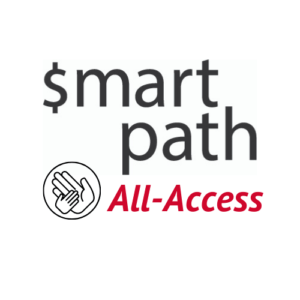
Watch this video to learn how to use $martPath All Access Materials
The Guides
Each lesson guide includes a range of modified activities for children, including adapted text with images, matching card activities, writing prompts, and eye gaze activities to make the material accessible.
Level One Guides
Lesson one
Big Idea: Goods and Services
Lesson two
Big Idea: Prioritizing wants & making spending decisions
Lesson Three
Big Idea: Trading
Level Two Guides
Lesson one
Big Idea: Goods Vs. Services
Lesson two
Big Idea: Evolving currency & payment methods
Lesson Three
Big Idea: Sales and Pricing
Level Three Guides
Lesson one
Big Idea: Producers, markets, and consumers
Lesson two
Big Idea: Budgets
Lesson Three
Big Idea: Wants and needs, sales, prices & profit
Level Four Guides
Lesson one
Big Idea: Advertising's influence on consumers, trends
Lesson two
Big Idea: One-time costs versus ongoing costs
Lesson Three
Big Idea: Budgets and comparison shopping
Level Five Guides
Lesson one
Big Idea: Earning money and allowances
Lesson two
Big Idea: Spending and saving
Lesson Three
Big Idea: Savings patterns & skip counting skills
Level Six Guides
Lesson one
Big Idea: Algebraic equations, comparative shopping
Lesson two
Big Idea: Banks and savings accounts
Lesson Three
Big Idea: Money goals, equivalent equations
Level Seven Guides
Lesson one
Big Idea: Careers, supply and demand
Lesson two
Big Idea: Wants versus needs, overspending
Lesson Three
Big Idea: Credit, interest rates, emergency funds
Level Eight Guides
Lesson one
Big Idea: Wants vs. needs, spending priorities
Lesson two
Big Idea: Opportunity cost
Lesson Three
Big Idea: Debt, loans, credit
Kevin Becomes Famous
Big Idea: Kevin learns he can't buy candy with street cred, and learns how cash, debit cards, and credit cards work
Supplemental activities
- Vocabulary flashcards
- Matching worksheet
Blackbeard Learns a Lesson
Big Idea: What happens when Blackbeard runs out of cannonballs in the middle of a battle? Kids learn about scarcity.
Supplemental activities
- Vocabulary flashcards
- Matching worksheet
Good Boy Gets His Name
Big Idea: Kids will learn about goods and services, as they watch Good Boy get a new leash, dog food, and care from a veterinarian.
Supplemental activities
- Vocabulary flashcards
- Matching worksheet
Ronan and Ramona Visit Stinkland
Big Idea: Flea the Frog learns an important lesson about credit and overspending, when his friends want to visit a famous skunk amusement park.
Supplemental activities
- Comprehension questions
- vocabulary-building games
Scarcity Cat Learns to Price Just Right
Big Idea: Scarcity Cat needs to consider scarcity when she prices the cheese in her store.
Supplemental activities
- Vocabulary practice
- Comprehension questions
Bebe Learns about Opportunity Costs
Big Idea: Bebe can't follow all of her dreams. She learns that the dream she gives up is the opportunity cost of her decision.
Supplemental activities
- Comprehension questions
- Vocabulary practice games

These resources were made possible in part by a generous grant from Truist Foundation
